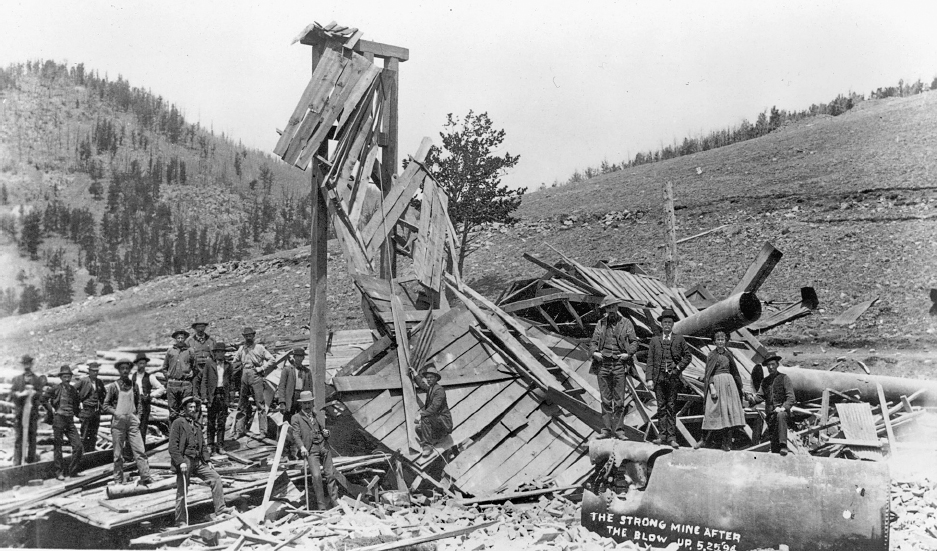America’s History: Printed Page 541
America: A Concise History: Printed Page 494
America’s History: Value Edition: Printed Page 478
Corporations and Conflicts
 Library of Congress.
Library of Congress.
In the post–Civil War decades, giant corporations developed national and even global networks of production, marketing, and finance. In many fields, vertical integration enabled corporate managers to control production from the harvesting of raw materials through the sale of finished products. Nationwide marketing networks developed through innovative use of railroads — and through ruthless competitive tactics such as predatory pricing.
Corporations’ complex structures opened career opportunities for middle managers and salesmen. Women, filling new niches as telephone operators and department store clerks, also played an important role in the expanding service sector. At the same time, traditional craftsmen found themselves displaced as deskilled wage work steadily expanded. Factory workers and miners endured dangerous conditions, health hazards, low pay, and frequent bouts of unemployment.
The most dangerous, low-wage work was often allotted to African Americans and immigrants from Europe, Mexico, and Asia. Workers organized to protest these conditions. In addition to creating labor unions, they forged political alliances with farmers, who also found their livelihoods at risk in the changing global economy. Native-born workers and European immigrants successfully agitated for the legal exclusion of Chinese workers. These events are covered in Chapter 17.